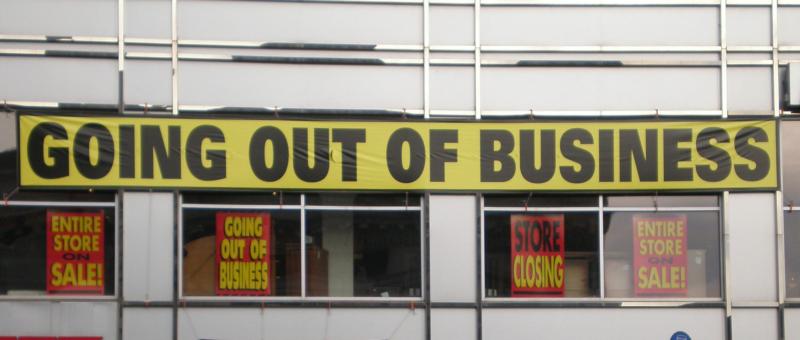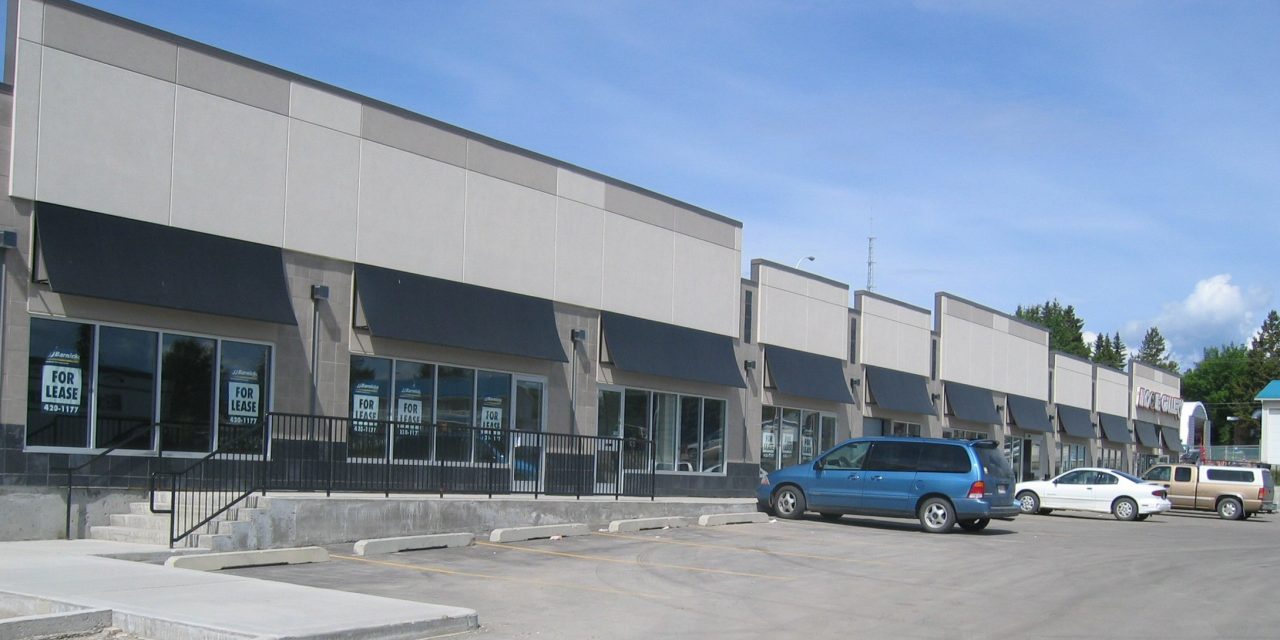For several decades, year after year, Michigan enjoyed the status of a high-prosperity state, with average household incomes among the best in America. The only exceptions occurred when the U.S. auto industry temporarily took a dip.
With Michigan’s unemployment rate in 2019 at historically low levels, the temptation now is to assume that our state’s economy is in great shape. Yet, this is the first time ever that Michigan has been a low-prosperity state with a strong domestic auto industry.
Lou Glazer, a prominent economic analyst in Michigan, has put together a slideshow that demonstrates Michigan’s precarious economic position. The founder and director of a research group known as Michigan Future Inc., Glazer provides a series of warnings about the current status and future of our state’s economy.
In a column written for Bridge Magazine, Glazer points out that Michigan ranks 31st in per-capita income among the 50 states. The state’s rating is even lower, 33rd, in annual financial gains for employees (wages and employer-paid benefits) per capita. We are 38th in the proportion of those 16 and older who work, and 31st in the percentage of those 25 and older with a four-year college degree.
Glazer boils down all these numbers in a simple way: If the same proportion of Michiganders worked as the 10th-ranked state, there would be nearly a half million more Michiganders with a job today.

As a result, the majority of Michigan workers struggle with jobs that pay as low as $37,000 a year.
According to the United Way, 43 percent of Michigan households struggle to pay their bills on a monthly basis. Worse yet, that figure is up, not down, by 6 percent since the Great Recession of 2009-10.
Despite continued economic expansion and plentiful jobs, the state’s population of working poor is growing, particularly in northern Michigan.
The current unemployment rate stands at 4.0 percent, the lowest since the Engler administration in the late 1990s. Yet, in January 2017, rural Michigan had a 6.8 percent unemployment rate. In February 2019, that rate stood at 7 percent.
What’s more, data from the federal Bureau of Economic Analysis shows that personal income growth in Michigan over the past two years is among the lowest of any state.
Rural Michigan’s woes are part of a disturbing national trend, with demographics indicating population losses among the prime ages for workers that businesses seek. Overall, 80 percent of American counties, encompassing 149 million people, experienced a decline in the number of residents ages 25 to 54 between 2007 and 2017.
In Michigan, the working class, due to meager wages, struggles to deal with expensive health care and child care. In addition, the state has the highest auto insurance rates in the nation.
University of Michigan researchers found that auto insurance premiums in 97 percent of Michigan’s ZIP codes exceed the federal government’s definition of affordable. The U-M study also concluded that in the poverty-stricken neighborhoods of Detroit, some pay up to one-third of their income on insuring their car.
Glazer’s column for Bridge concludes that far too many key figures are in denial about Michigan’s economy in 2019. To make the state a better place for all workers, he said, requires a simple response: “end the self-congratulations among far too many of Michigan’s political and business elites.”











